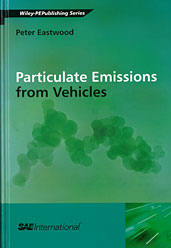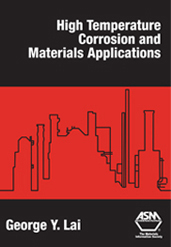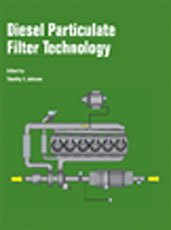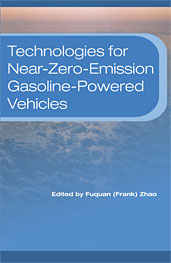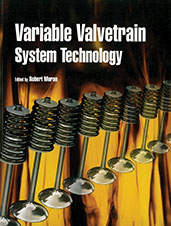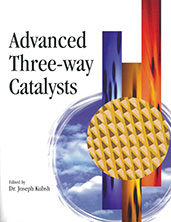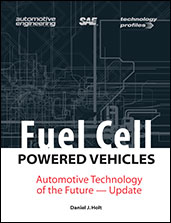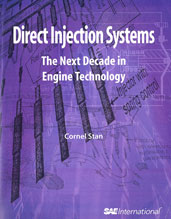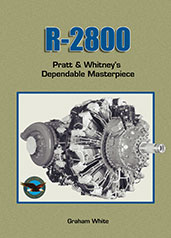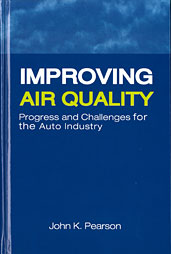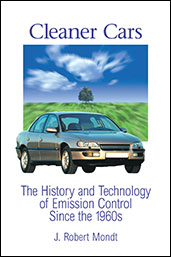Book
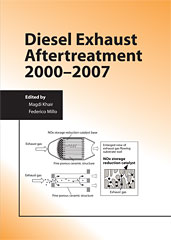
Diesel Exhaust Aftertreatment 2000-2007
2008-04-01
Diesel engines continue to be widely used in heavy-duty commercial applications around the world, and they are also gaining popularity in light-duty applications such as passenger cars. With this comes increased concern for and regulation of diesel emissions - most notably particulate matter (PM) and nitric oxide (NOx) emissions. As the restrictions grow tighter, exhaust aftertreatment technologies must become more efficient and reliable. The 55 SAE technical papers in this compilation will guide engineers in their efforts to meet these new regulations, by summarizing the latest diesel exhaust aftertreatment technology for both light- and heavy-duty applications.
